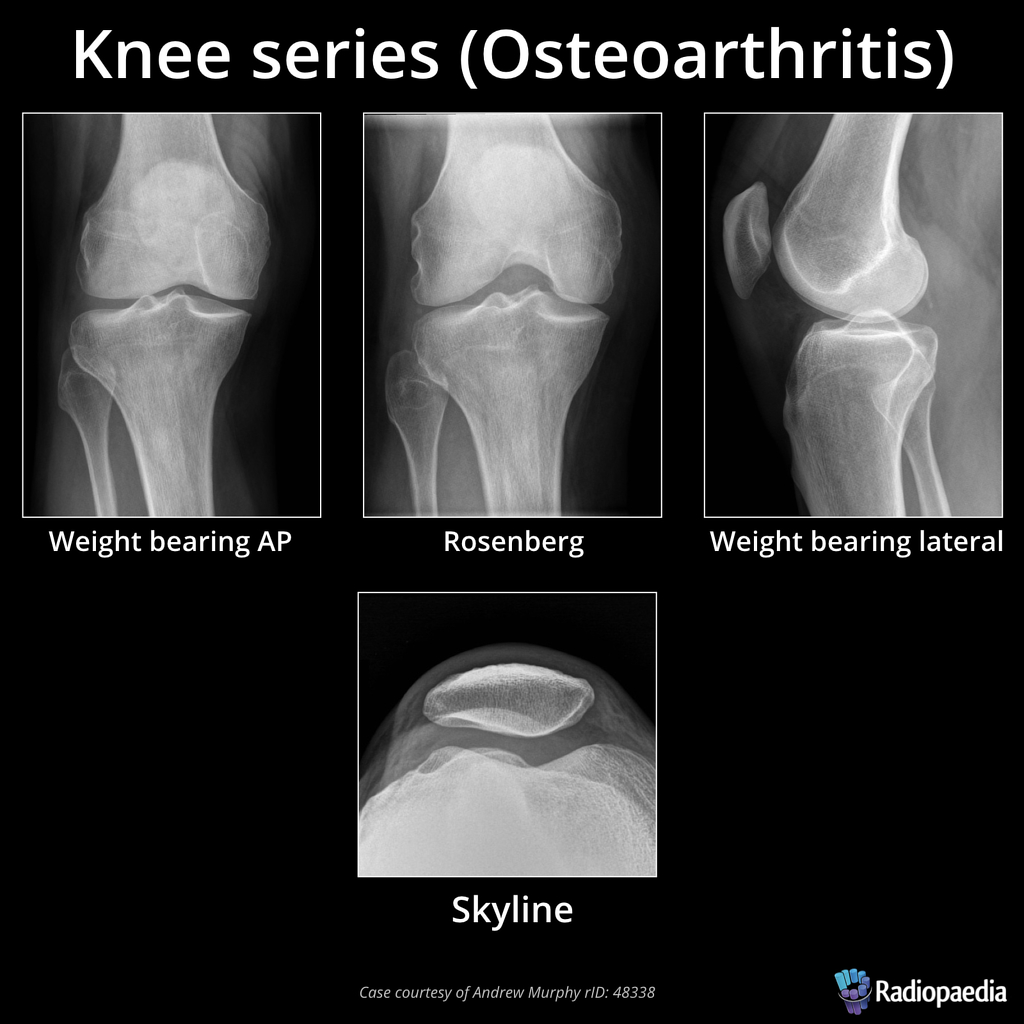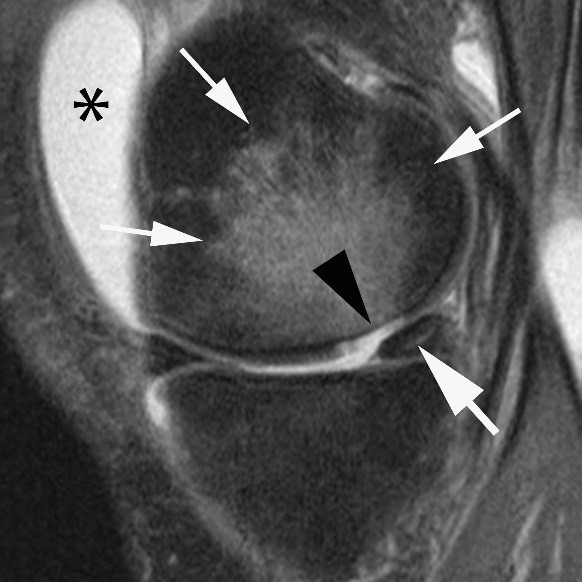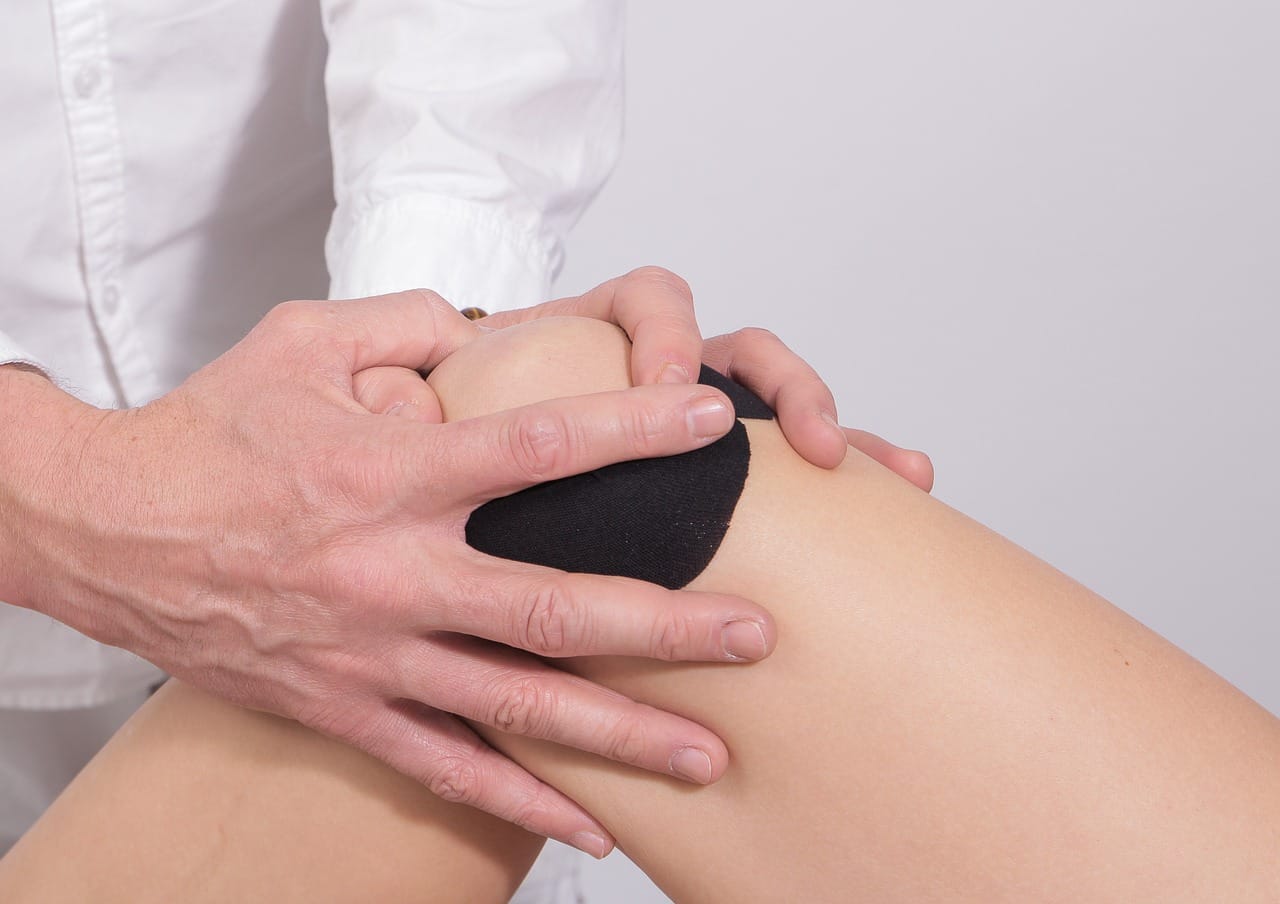Arthritis Of The Knee Symptoms – Everything You Should Think About So You Can Be More Flexible

Surgical risks for arthritis in the knee include infections and blood clots. Artificial joints can wear out or come loose and might eventually need to be replaced. More Information, Show more related information Clinical trials Explore Mayo Clinic studies testing new treatments, interventions and tests as a means to prevent, detect, treat or manage this condition (arthritis in neck).
Try again a day or two later at a lower level of intensity. Carrying extra weight increases the stress on your weight-bearing joints, such as your knees and your hips. Even minor weight loss can relieve some pressure and reduce your pain. Talk to a dietitian about healthy ways to lose weight.
Preparing for your appointment, You might start by seeing your primary care doctor, who might refer you to a doctor who specializes in joint disorders (rheumatologist) or orthopedic surgery. What you can do, Make a list that includes: Detailed descriptions of your symptoms and when they began Information about medical problems you, your parents and your siblings have had All the prescription and over-the-counter medications and dietary supplements you take and the dosages Questions to ask the doctor What to expect from your doctor, Your doctor might ask some of the following questions: Is the pain continuous, or does it come and go? Do any particular activities make the pain better or worse? Have you ever injured this joint? .
What You Need to Know Knee arthritis occurs when the cushioning cartilage in the joint wears down, making the knee stiff and painful with certain movements. Osteoarthritis — gradual, age-related degeneration of cartilage — is the most common form of arthritis in the knee, but trauma and autoimmune conditions can also lead to cartilage damage.
What Is Knee Arthritis? Everything You Need To Consider So You Can Be More Flexible
What is knee arthritis? Knee arthritis is inflammation and deterioration of knee joint cartilage. Cartilage is the slippery coating on the ends of bones that serves as a cushion and allows the knee to smoothly bend and straighten. Knee cartilage coats the end of the thighbone (femur), top of the shinbone (tibia) and the backside of the kneecap (patella).
In advanced arthritis, bone rubs on bone and bone spurs (bumps on the bone) may form. Damage to the joint cartilage over time may result in the development or worsening of deformities of the knee, including knock knees and bowleg. Where can arthritis occur in the knee? Cartilage loss can occur between the thighbone and the shinbone in the medial portion (inner side), lateral portion (outer side) and under the kneecap.
Some patients have cartilage loss in one, two or all of these areas – arthritis tylenol. When all three areas are affected, this is called tricompartmental arthritis. Types of Knee Arthritis There are many different kinds of arthritis, but the ones most likely to affect the knee are osteoarthritis, rheumatoid arthritis and post-traumatic arthritis.
Inflammatory cells release substances that break down knee cartilage over time. Rheumatoid arthritis can affect people of any age. Post-Traumatic Knee Arthritis A history of injury or trauma to the knee may lead to development of arthritis. Injuries to the ligaments of the knee make the joint less stable over time, which may lead to cartilage breakdown.
Risk Factors For Knee Arthritis – Everything You Need To Think About So You Can Be More Flexible

Risk Factors for Knee Arthritis . Osteoarthritis is a degenerative, “wear and tear” condition. The older you are, the more likely you are to have worn-down knee joint cartilage – arthritis pain relief. Slight joint defects or double-jointedness (laxity) and genetic defects may contribute to osteoarthritis in the knee. Being overweight or obese puts additional stress on the knees over time.
Jobs and sports that require physically repetitive motions that place stress on the knee can increase risk for developing osteoarthritis. Postmenopausal women are more likely to have osteoarthritis than men. While the cause of rheumatoid arthritis remains unknown, triggers of autoimmune diseases are still an area of active investigation. Deformities such as knock knee and bowleg place higher than normal stress on certain parts of the knee joint and can wear away cartilage in those areas.
Other tests such as MRI or CT scans are rarely needed for diagnosis. Knee Arthritis Treatment Treatment plans vary depending on the type and stage of arthritis, your age, severity of pain and other factors. Cartilage loss cannot be reversed, but there are ways to reduce pain and prevent further damage.
The progression of knee arthritis and effectiveness of nonsurgical treatments varies. Your doctor will work with you to develop a personalized plan that may include a combination of nonsurgical treatments. Knee Replacement Alternatives to Consider Before surgery, there are many alternatives to try that could help ease and lessen the pain caused by hip arthritis.
How Is Knee Arthritis Diagnosed? Everything You Need To Think About So You Can Be More Flexible

What is osteoarthritis (OA)? Osteoarthritis (OA) is the most common form of arthritis. Some people call it degenerative joint disease or “wear and tear” arthritis. It occurs most frequently in the hands, hips, and knees. With OA, the cartilage within a joint begins to break down and the underlying bone begins to change.
OA can cause pain, stiffness, and swelling. In some cases it also causes reduced function and disability; some people are no longer able to do daily tasks or work. What are the signs and symptoms of OA? Pain or aching Stiffness Decreased range of motion (or flexibility) Swelling How many people have OA? OA affects over 32.
What causes OA? OA is caused by damage or breakdown of joint cartilage between bones. What are the risk factors for OA? Joint injury or overuse—Injury or overuse, such as knee bending and repetitive stress on a joint, can damage a joint and increase the risk of OA in that joint.
Gender—Women are more likely to develop OA than men, especially after age 50. Obesity—Extra weight puts more stress on joints, particularly weight-bearing joints like the hips and knees. This stress increases the risk of OA in that joint. arthritis in knee. Obesity may also have metabolic effects that increase the risk of OA.
Risk Factors For Knee Arthritis – Everything You Need To Think About So You Can Be More Flexible

Millions of Americans suffer from chronic or acute knee pain each year, and it can be difficult to get appropriate treatment and much-needed relief without knowing the actual cause of the pain. arthritis causes. Since many conditions can have symptoms that mimic one another, it is important to seek the advice of a professional when seeking a diagnosis, treatment, or therapy for your knee pain.
This can occur many years after the injury itself. With the immense amount of pressure and strain put on our knees day after day and year after year, it is not surprising that knee pain is such a widespread complaint in men and women of all ages in Atlanta, GA.
However, if you think the pain in your knees may be caused by arthritis, here are a few telltale signs and symptoms to watch for: Gradual onset of pain In some cases, arthritic pain in the knee may present itself suddenly, but, in general, arthritis causes a gradual onset and progression of symptoms.

Limited mobility or range of motion For men and women who develop arthritis in their knees, activities that were once simple, easy, or routine may become difficult – or even impossible – to do without limitations and discomfort. Walking, running, or getting in and out of a car can, oftentimes, prove disproportionately challenging for patients with arthritis of the knee.
If you found this post helpful take a look at other helpful post by Clicking Here.
